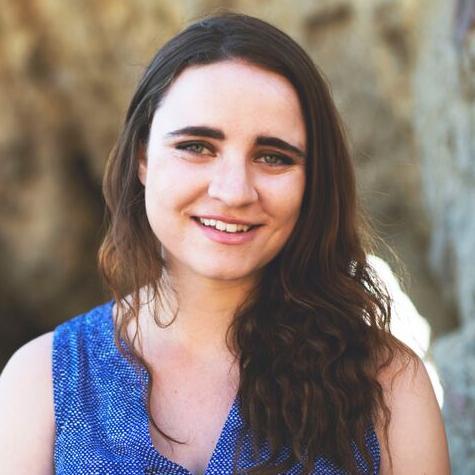 President Obama’s recent appearance on the Funny or Die comedy web series “Between Two Ferns” sparked a national discussion about the presidential public image, and USC Annenberg students were able to touch upon this topic and more when a few Funny or Die creative minds stopped by USC Annenberg Monday evening.
President Obama’s recent appearance on the Funny or Die comedy web series “Between Two Ferns” sparked a national discussion about the presidential public image, and USC Annenberg students were able to touch upon this topic and more when a few Funny or Die creative minds stopped by USC Annenberg Monday evening.
Funny or Die President of Production Mike Farah, Director of Development Joe Farrell, and Writers’ coordinator Lindsay Kerns chatted with USC Annenberg Senior Lecturer Mary Murphy’s “Entertainment, Business and Media in Today’s Society” class about everything from Funny or Die founder (and USC alum) Will Ferrell, working with celebrities and how technology has transformed comedy.
“The internet allow[s] you to just go and make things,” said Farah, who's been with Funny or Die for six years. “Whether just your parents saw it, or like “The Landlord,”[FOD's first and most watched video] a hundred million people saw it.”
Founded in 2007 by Will Ferrell, Adam McKay and Judd Apatow, Funny or Die was one of the first websites dedicated solely to comedy videos, and regularly features appearances by celebrities and comedians such as Steve Carell, Amy Poehler, James and Dave Franco and many more.
Though Farah acknowledged that ideas for comedy video sites were floating around long before Funny or Die came about, and that Funny or Die wasn't initially well-received when it was first pitched, the website's creation really came down to good timing.
“There’s always been versions of Funny or Die,” said Farrah. “Back in the late nineties, Hollywood had ideas for content websites, and a lot of it was ‘the world’s not ready for it.'
“[Funny of Die] was one of the things where the right people came together. The one thing that Funny or Die did really smartly early on was that it created a destination site, so funnyordie.com means something.”
Murphy’s class segued into the Funny or Die discussion with clips from “The Colbert Report” and “The Rachel Maddow Show” regarding President Obama’s appearance on the Zach Galifianakis-hosted series “Between Two Ferns” and discussed how comedic appearances can shape a politician’s image (and also be really entertaining.)
“The President was really into it, he was in a good mood,” said Farrah of Obama's "Between Two Ferns" appearance. “He turned a corner and clapped his hands and just yelled out ‘Two Ferns!’ and then we were just like, ‘Alright he’s in a good mood.”
The Funny or Die team screened several videos for JOUR 381 students, including their sizzle reel, a preview of an upcoming comedic Discovery Channel docu-series, and the crowd-pleasing “Insane Sorority Letter” video featuring “Boardwalk Empire”’s Michael Shannon, which Farrell said exemplifies the reason many celebrities choose to work with Funny or Die.
“The day this video came out, [Jimmy] Fallon called and booked [Shannon],” said Farrell, who is an alum of the Peter Stark Producing Program at the USC School of Cinematic Arts and producer on the Comedy Central show “At Midnight.” “The power of being able to show people instantaneously, ‘Oh yeah this dude is funny,’ that’s how funny media is, and that’s where I think Funny or Die can fill in sometimes because people can come and do something unexpected.”
Contrary to what some may believe, the benefits celebrities receive from working with Funny or Die aren't monetary; in fact, the boost a celebrity experiences from a Funny or Die guest appearance can often be priceless.
“People always ask us do we pay [celebrities],” said Farrah. “And it sounds silly, but they’re not doing it to get paid, they’re doing it for the five million views and that relevance and to be able to get on talk shows from it all."
So, how exactly do Funny or Die execs convince A-list celebrities to work for free?
“It all comes down to selling the dream,” said Farrah. “You have this idea, you try and get people excited about it; it doesn’t matter if it’s one of your cast mates or someone really famous and influential, or somewhere in between. And we try to sell this experience of doing a Funny or Die video that’s fun and fast and collaborative."
Though many students were interested in gleaning specific advice about how to create entertainment gold in the digital age, the formula for Funny or Die's success, at least according to Farrah, really isn't so complicated.
“There’s no secret sauce," said Farrah. "It’s really a culture of doing good work and having good people around you.”

